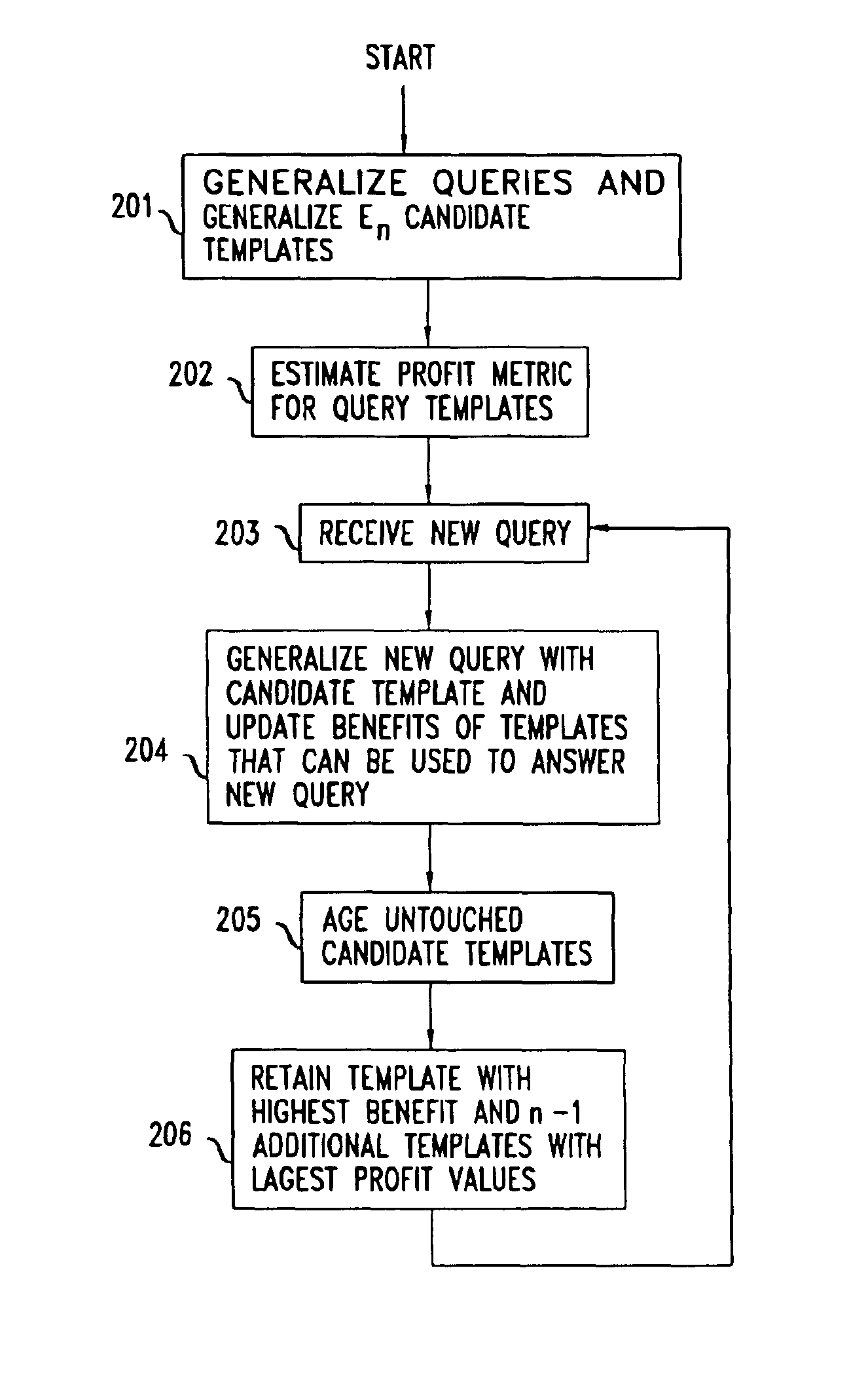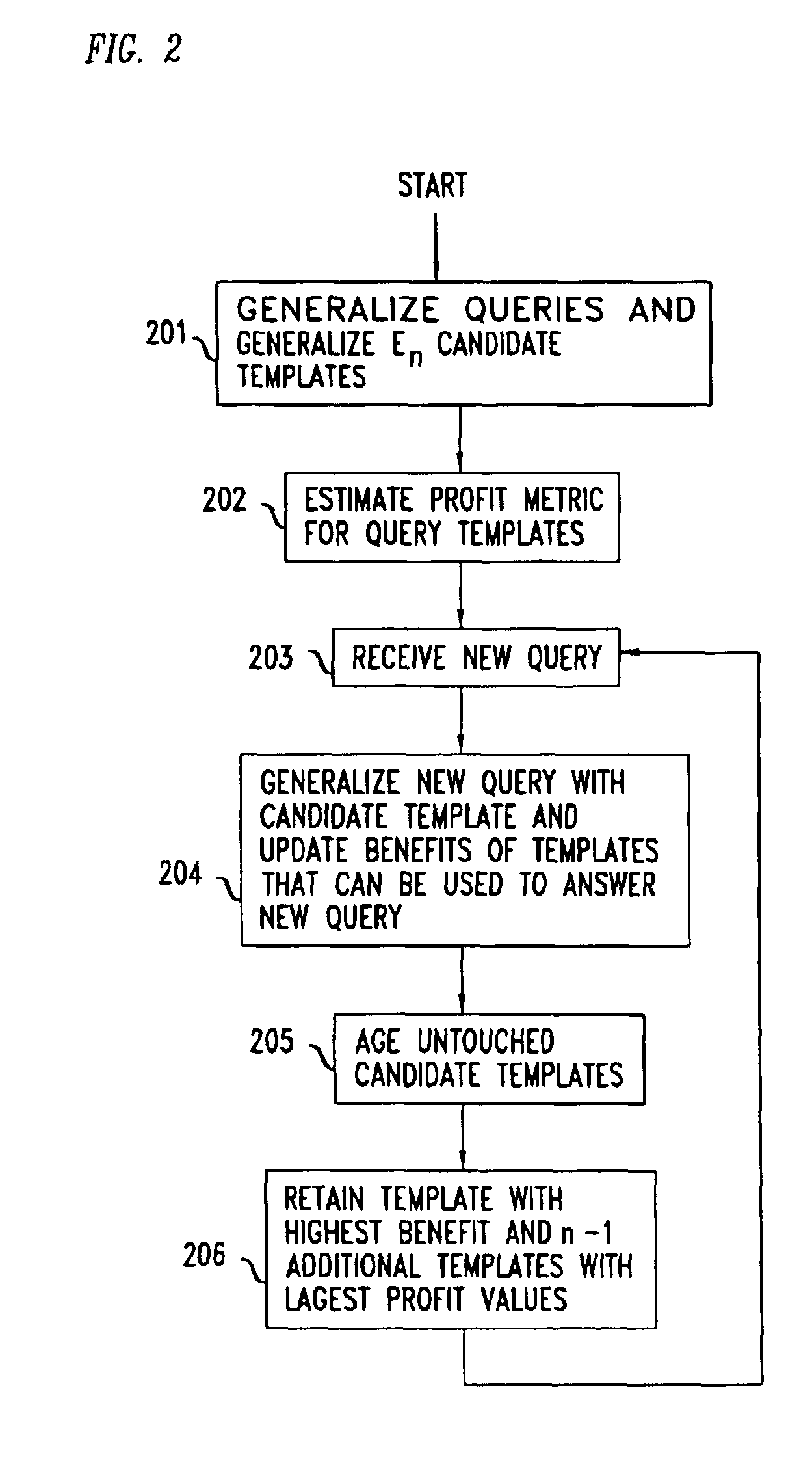Method for using query templates in directory caches
- Summary
- Abstract
- Description
- Claims
- Application Information
AI Technical Summary
Benefits of technology
Problems solved by technology
Method used
Image
Examples
Embodiment Construction
[0012]FIG. 1 sets forth a diagram of a client 100 interacting with a network directory server 151 illustrating a preferred embodiment of the present invention. Network directory server 151 is one of a plurality of network directory servers 151 . . . 153 in network 150. The client's query processor 110, in response to user requests, issues network directory queries and receives query responses in the form of directory entries via communication link 140 with the network directory server 151. The client 100 has a directory cache, which stores the received directory entries in 130. A semantic description of the cached directory entries 130 is also stored at 120, as further described herein. The exact mechanism utilized to create and store the information, as well as the particular directory protocol, is not pertinent to the present invention. The set of cached directory entries 130 along with the semantic description of the cached data 120 is referred to as the “semantic” network direct...
PUM
 Login to View More
Login to View More Abstract
Description
Claims
Application Information
 Login to View More
Login to View More - R&D
- Intellectual Property
- Life Sciences
- Materials
- Tech Scout
- Unparalleled Data Quality
- Higher Quality Content
- 60% Fewer Hallucinations
Browse by: Latest US Patents, China's latest patents, Technical Efficacy Thesaurus, Application Domain, Technology Topic, Popular Technical Reports.
© 2025 PatSnap. All rights reserved.Legal|Privacy policy|Modern Slavery Act Transparency Statement|Sitemap|About US| Contact US: help@patsnap.com



